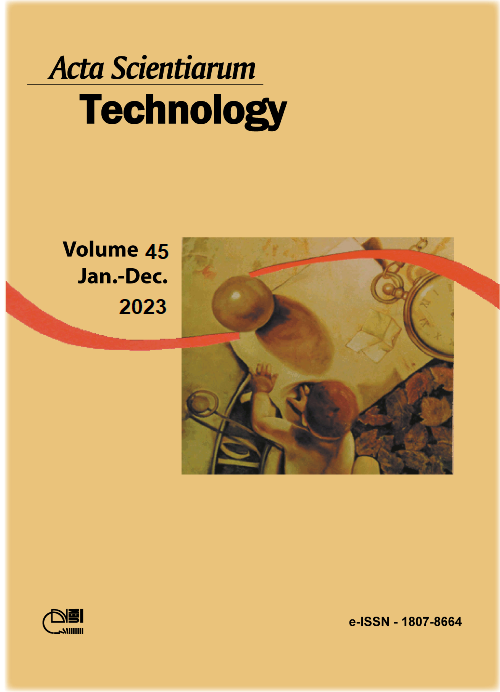DNA Release from Polyaziridine Polyplexes Aided by Biomacromolecules: Effect of pH
DOI:
https://doi.org/10.4025/actascitechnol.v45i1.60454Keywords:
Transfection; heparin; dextran sulfate; QCM-D; acoustic sensingAbstract
The pH dependence of heparin and dextran sulfate aided release of DNA from its polyplexes with polyaziridine (PA) has been investigated using Quartz crystal microbalance with dissipation monitoring (QCM-D). The acoustic behavior of ternary systems indicated that the DNA decondensation was favored at physiological pH. When pH < 7.4, PA was significantly positively charged and ternary complexation occurred. When pH exceeded 7.4, very small proportion of DNA was released upon heparin addition due to marked reduction in cationic nature of PA. An increase in thickness at the interface due to adsorbed material at pH 9.0 showed the retention of heparin on the surface despite of negligible release of DNA. In terms of PA binding, heparin proved to be a better competitor than dextran sulfate.
Downloads
Downloads
Published
How to Cite
Issue
Section
License
DECLARATION OF ORIGINALITY AND COPYRIGHTS
I Declare that current article is original and has not been submitted for publication, in part or in whole, to any other national or international journal.
The copyrights belong exclusively to the authors. Published content is licensed under Creative Commons Attribution 4.0 (CC BY 4.0) guidelines, which allows sharing (copy and distribution of the material in any medium or format) and adaptation (remix, transform, and build upon the material) for any purpose, even commercially, under the terms of attribution.
Read this link for further information on how to use CC BY 4.0 properly.











8.png)




